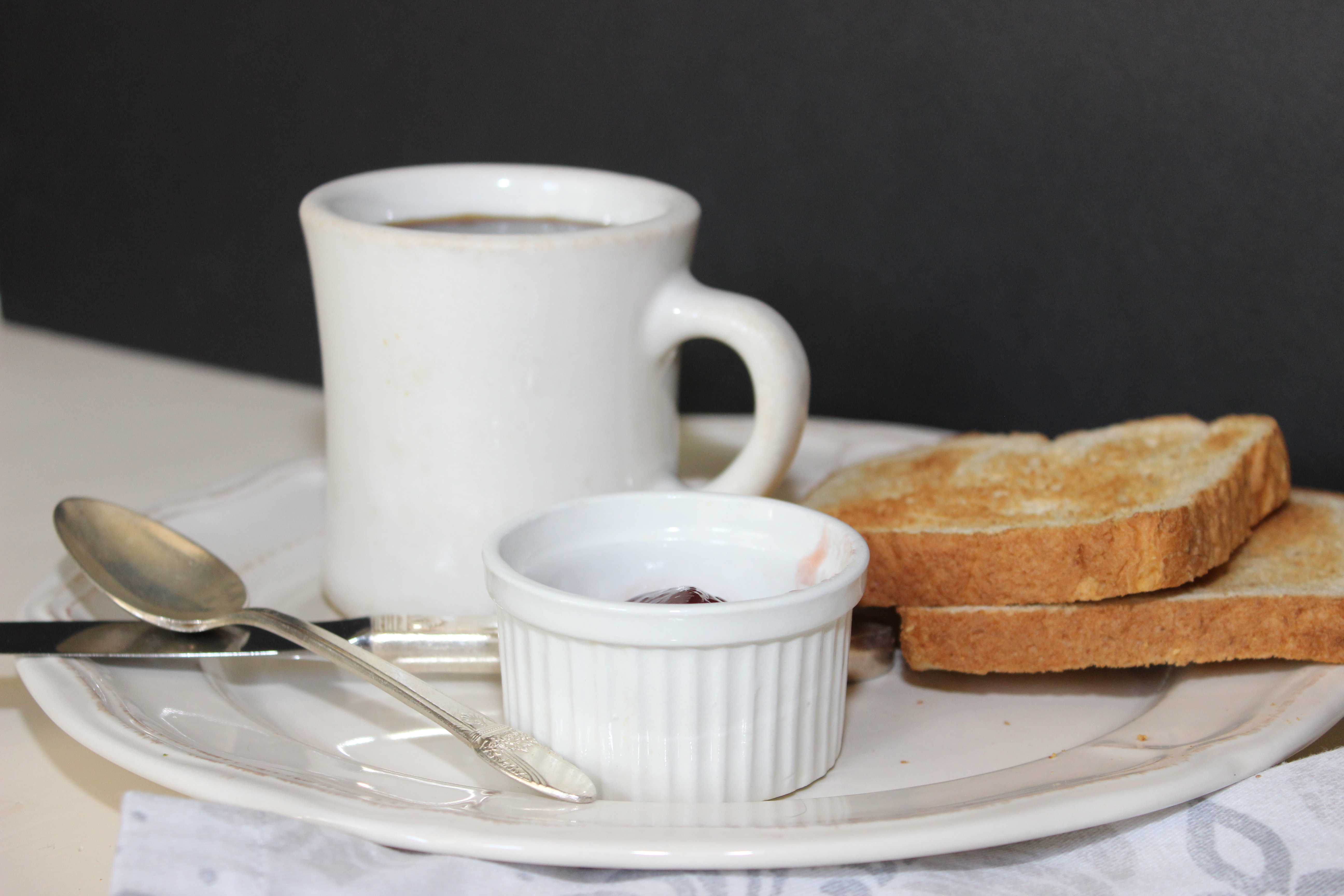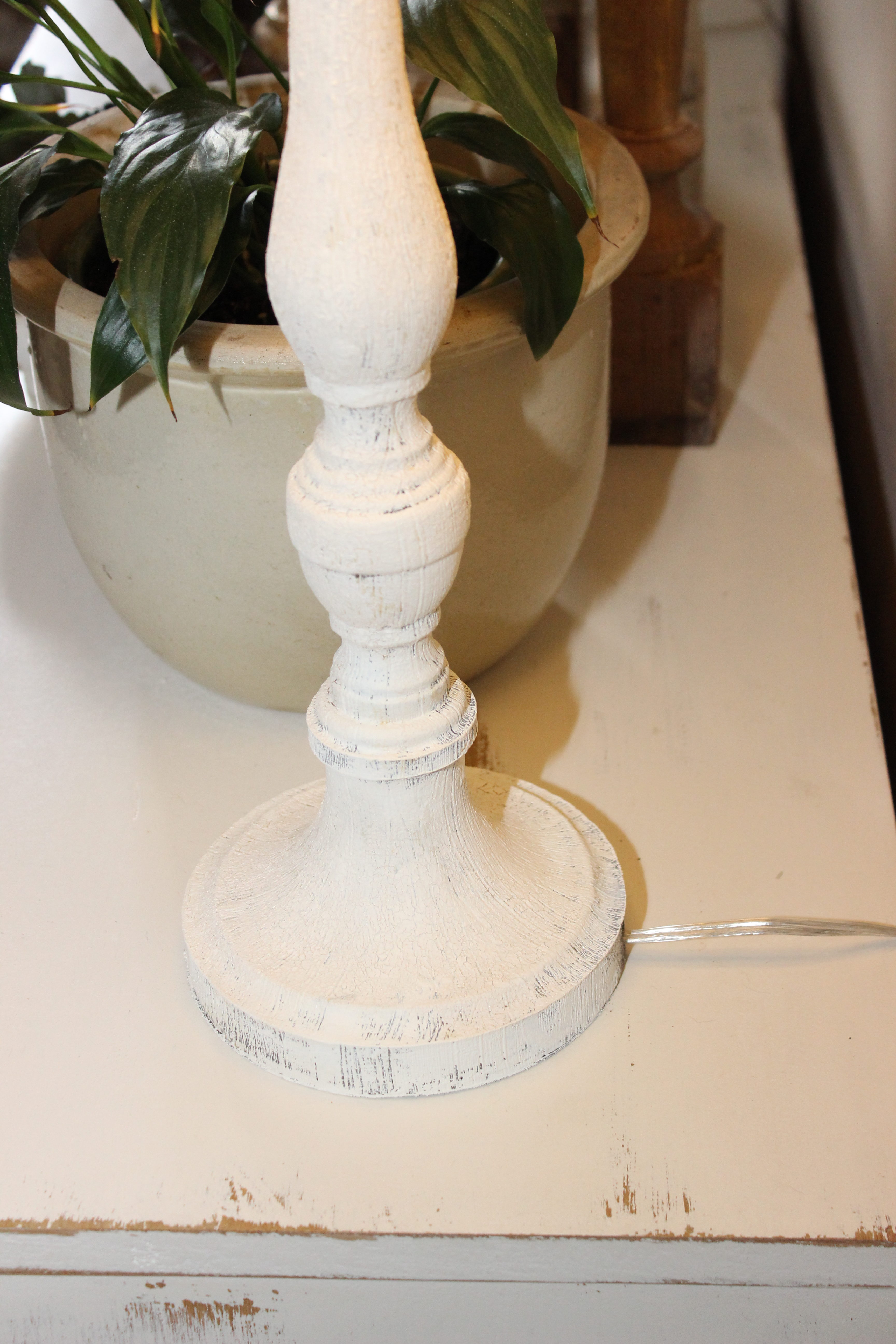Hey y’all, today I’m going to talk about a bit of Americana. I enjoy learning about the things of “yesterday,” whether it’s recent history or back a century, old things touch my heart and pique my curiosity. Today’s subject is a new fascination and I thought you’d get a kick out of it. Several years ago I was on the hunt for shaving mugs to decorate Mr B’s bathroom. I started with the Old Spice mug and brush that belonged to my Grandfather, adding shaving mugs and old brushes as I found them. I picked up two white glazed mugs thinking they were shaving mugs and they were part of the display for years.


In the midst of my almost constant rounds of purging (by purging, I mean moving crap from from one room to another so it looks like I got rid of some stuff… don’t judge) I looked at the shaving mugs and went, “hmmm, they don’t really look like shaving mugs….” After taking a closer look, I decided they’re really coffee mugs. They’re heavy and well made and marked, “Victor” on the bottom so of course I had to hook up with my bestie, Google, and do some history hunting. Turns out they come with a pretty neat history and now have pride of place in a kitchen cabinet next to my hot chocolate supplies. So much for purging. But they did move to another room, so there’s that. Plus I tossed (donated) a couple of tacky tourist mugs from someplace I’ve never been. (How do these things end up here???)




If you are of a “certain age” (ahem…..born before 1960), you might already recognize the Victor mug. Victor mugs are synonymous with American diners in the 50’s, 60’s, and 70’s. Ever wonder how and why they were made??? Of course you want to know! Why else are you reading this post?? After doing some research I can tell you everything you never knew you wanted to know about this most American of coffee cups. So grab a cuppa and sit back and read on……
The Fred M. Locke Company was in Victor, New York in the late 19th century. The company produced ceramic insulators for telegraph lines to prevent interference during bad weather. Over the years the company expanded into other states and added other products in order to keep employees working during the war. (During WWII many factories either shut down or altered products to serve the military and the war effort.) The Victor factory changed history. Well, maybe it didn’t exactly change history, but it did add a piece of history to the war effort and thereby changed how Americans drank coffee for years.
In the early 1940’s the Navy asked for bids from US companies to develop a non-slip mug that could withstand the rigors of life aboard a ship and keep coffee hot. The shelf life of coffee mugs up until then was very short, what with the constant rocking of the ship, the mugs sliding around and banging into everything, or curses! even falling and breaking, not to mention the namby pamby porcelain they were made of. Hot coffee was a must so it was important that it not end up on the deck. The requirements for the Navy were simple; sturdy, non-slip and able to keep coffee hot.


Victor porcelain was fired for 72 hours at 2,250° F and could definitely keep coffee hot. (Bonus fact: it could also withstand 765,000 volts of electricity. Good to know for those obscure trivia games.) No surprise, but Victor won the contract and the iconic mug began its life on warships. Victor used a “dry foot” method of firing and this helped keep the mugs from slipping. If you feel around the bottom edge you’ll feel a matte, slightly rough edge. Just prior to going in the kiln, the mugs were wiped on a wet rubber mat which removed some of the glaze and prevented the mugs from sticking to the mat in the kiln. This method provided the mug with the non-slip ability the Navy needed and added no cost to the manufacturing process. A win, win.
Early mugs were without handles and are now prized by collectors. They are rare and hard to find. The Navy also requested sturdy, non-slip bowls and Victor supplied those as well.


The second design produced a cup with straight walls, a slightly rounder base and a handle was added. The mug handles were formed in a plaster mold and were attached by hand. During the early part of the war there were only 3 “handle stickers,” all women because their fingers were smaller. Plus we all know that women are sticklers for detail, right? Those handles had to be smoothed and attached so that when fired the mugs would appear to be one piece. Men, were, too….burly for that job!


After the war the company decided that since they were already producing mugs and bowls they might as well continue and the mug went from being a staple aboard warships to being a staple in American diners. Almost every diner in New York had Victor mugs….they were popular with the food service industry for the same reasons the Navy loved them, sturdy, non-slip and kept the coffee hot. Their popularity grew until they were standard in almost every diner in America and crossed into all branches of the military.


Victor added a few colors and in the 60’s even added some art. The rare cobalt blue is highly prized today. It was part of a short run, along with other bright colors, but the company’s bread and butter was the classic white mug and that’s what they produced steadily for years. The mug was so popular that restaurant owners complained that customers and staff were stealing them. More than one wife discovered a Victor mug appearing by magic in her kitchen cupboard.


At the height of mug production the company had 15 handle stickers, and that created another problem…..if a mug had defects or failed, how would anyone know who added the handle? The early mugs used a painted logo and a genius within the company came up with a better idea. Each handle sticker was given a stamp that said Victor, but each one was just a little different, one letter was slightly askew or a bit wonky. It was easy to identify which handle sticker was responsible in the event there were defects. Quality control was born.


While the 60’s and 70’s were the Victor mug’s hey day, the 80’s brought cheap Chinese knock-offs and flooded the market. The Victor mug cost the company about 81¢ to produce, while the chinese version retailed at 45¢! To add insult to injury the chinese stamped their mugs with “Victory” and a poorly processed “y” to make theirs look even more like the genuine mug. Victor responded by adding, “Made in the USA” to the bottoms. The company ultimately couldn’t compete financially and sold the factory to a few employees in 1984 and it was renamed, Victor Insulator, Inc. The mugs continued til about 1987 when Americans apparently decided price over quality was the deciding factor and the death of the Victor Mug was complete. The chinaware portion of the factory was closed.


While there are dozens of styles of coffee cups around today, I doubt that any will ever achieve the iconic status of the genuine Victor Mug.
And now that you know the story, will you hunt for a real Victor Mug? Will you drink your coffee from a cup that has history? You can find them for as little as $6.00 on Ebay or Etsy, and depending upon age and rarity, some will cost more. But these mugs can last a lifetime so they are well worth the price.
Create your Sanctuary no matter where you live. Use simple things that have meaning. Choose vintage over reproduction.
Source of information for this post: Fred M. Locke history page, Huffington Post, How Victor Changed the Coffee Mug

































Recent Comments